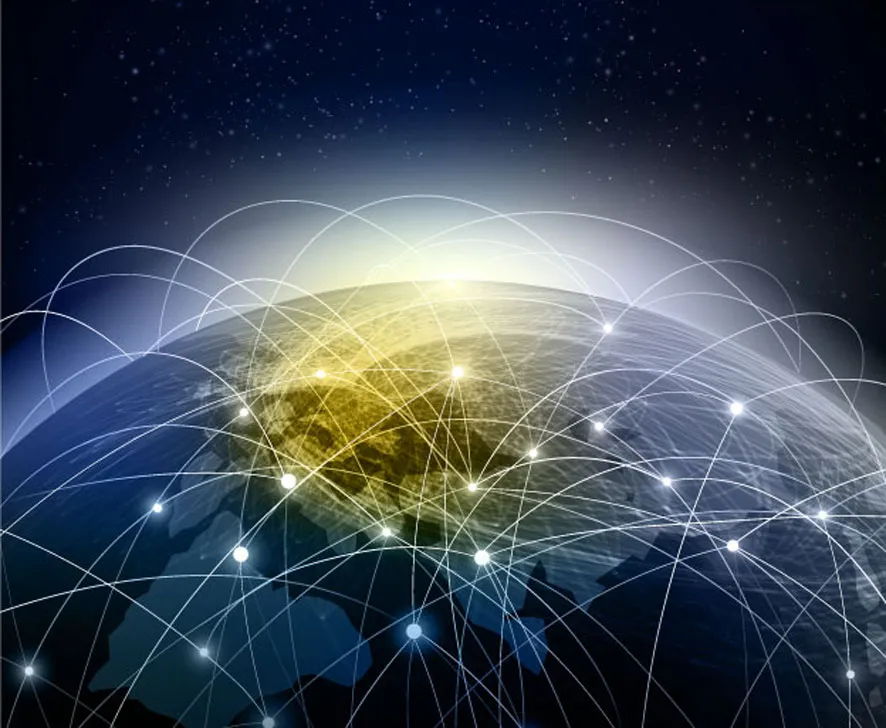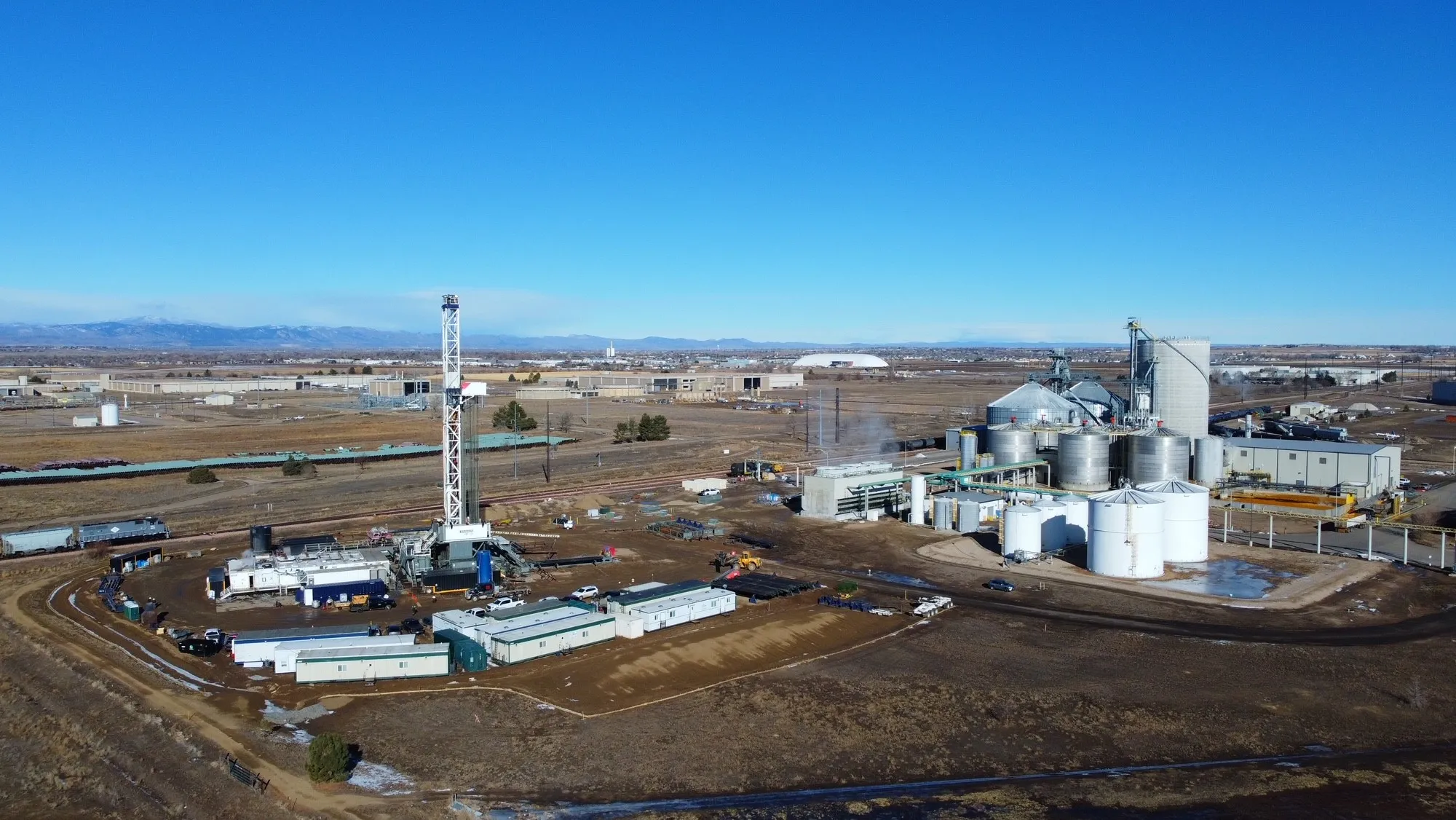Zayo partners with national lab, Rice University on geothermal mapping project

BOULDER — Zayo Group Holdings Inc., a Boulder-based communications infrastructure provider, has completed the Imperial Valley Dark Fiber Project — a research effort between Lawrence Berkeley National Laboratory and Rice University funded by the U.S. Department of Energy — to explore the efficacy of leveraging telecommunications fiber to map and monitor geothermal resources that could enable a low carbon energy future.
Berkeley Lab and the DOE have been exploring geothermal energy as a renewable alternative to fossil fuels. However, geothermal resources are often hidden underground and mapping these geothermal resources was historically labor intensive and often cost prohibitive.
The Imperial Valley Dark Fiber Project, which kicked off in 2019, sought to develop strategies to better find these resources through seismic sensing via existing telecom dark fiber.
The project used Zayo’s dark fiber network in the Imperial Valley of California — an area already known to be home to many hidden geothermal resources — to test techniques for mapping geothermal resources, Zayo said in a press statement. These methods include Distributed Acoustic Sensing, a technique that turns Zayo’s dark fiber into an array of seismic measurement locations to build a picture of what is underground.
In a conventional seismic experiment, only a few seismic sensors can be deployed in one small, targeted area. Using existing dark fiber significantly reduces deployment time and increases the number of sensors to thousands.
“Network infrastructure is at the heart of innovation, and that couldn’t be more true than it is with this project,” Steve Smith, CEO of Zayo, said in a press statement. “We are proud to have played a role in advancing the discovery and development of clean energy sources, in keeping with our longstanding commitment to drive a sustainable future. We hope the great work of the Berkeley Lab and Rice University team will inspire new conversations about how fiber infrastructure can be leveraged in new ways to make a positive impact on our future — some that we can only imagine today.”
BOULDER — Zayo Group Holdings Inc., a Boulder-based communications infrastructure provider, has completed the Imperial Valley Dark Fiber Project — a research effort between Lawrence Berkeley National Laboratory and Rice University funded by the U.S. Department of Energy — to explore the efficacy of leveraging telecommunications fiber to map and monitor geothermal resources that could enable a low carbon energy future.
Berkeley Lab and the DOE have been exploring geothermal energy as a renewable alternative to fossil fuels. However, geothermal resources are often hidden underground and mapping these geothermal resources was historically labor intensive and often cost…



